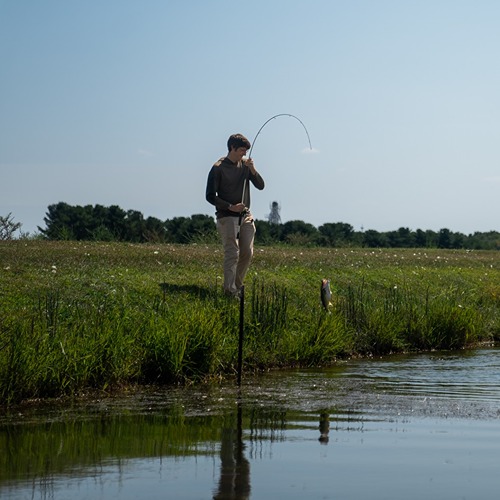Purdue horticulture professor earns award for illuminating secrets of the Voynich manuscript
Jules Janick, Purdue University’s James Troop Distinguished Professor of Horticulture, recently earned The American Botanical Council (ABC) James A. Duke Excellence in Botanical Literature Award for his 2019 book “Flora of the Voynich Codex: An Exploration of Aztec Plants.” Janick shares the award with his co-author, the late Arthur Tucker, emeritus herbarium director at Delaware State University.
The Voynich manuscript, a codex heavily illustrated with botanical illustrations that, until recently, was of ambiguous origin and language, had proved undecipherable to scholars for over a century.
In their 2018 book “Unraveling the Voynich Code,” Janick and Tucker establish that the manuscript dates from 16th-century Mexico, based on their analysis of the botanical drawings and maps contained in the book. The document was previously thought to have been a written product of 15th-century European botanists. This hypothesis is furthered in “The Flora of the Voynich Codex,” published by Springer, in which the authors elaborate on their identifications, linking the botanical illustrations to plants used in traditional herbal remedies by the Aztecs of southern Mexico in the 1500s.
“In “The Flora of the Voynich Codex,” identification [of the plants] was extended to 166 phytomorphs, all but one indigenous to the New World. It reinforced our mantra that there was no way that a manuscript with a sunflower and an armadillo could be a 15th-century European work (as both species are native to the Western Hemisphere),” Janick said. “The award is a final tribute to my dear friend and an indefatigable botanist."
According to Kenneth Teng, editor for Springer, this is the first and only publication to fully identify all plant species from the original Voynich manuscript, a feat which significantly fortifies the assertions Janick and Tucker made in “Unraveling the Voynich Code.”





